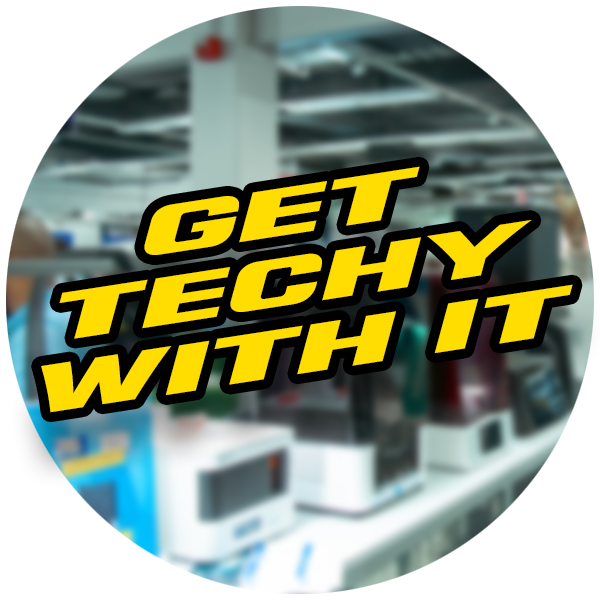
Get Techy With It! Rebooting Your Lab Equipment Saves Headaches
Matthew Viens
We’ve all been there before – your scanner suddenly won’t connect, your CAM software freezes mid-job, or your mill starts throwing errors out of nowhere. These glitches always seem to happen at the worst possible time, usually when you’re on a tight deadline. Before diving into complicated troubleshooting or making a frustrating call to tech support, there’s one basic step that often gets overlooked: rebooting your equipment. Yes, it’s that simple.
Digital dental equipment like CAD workstations, mills, 3D printers, and intraoral scan systems run on software and firmware that rely on stable memory and processing cycles. Over time, these machines accumulate temporary data, such as cached files or software logs, that can bog down performance or create conflicts. A regular reboot clears out this digital clutter, giving the system a clean slate and often resolving issues before they start.
Think of it like preventative maintenance. Just as you clean your mills, calibrate scanners, or change out mill burs, rebooting is a way to “reset” your digital tools. It helps to ensure that everything will run more efficiently and reliably. Plus, if your lab uses networked storage or shared file workflows, rebooting ensures that all systems sync up correctly and aren’t operating with outdated session data. It’s one of the easiest ways to keep your tech cooperating.
Ideally, you should reboot your systems once a week, or even daily if they’re in heavy use. Power cycle your milling units, shut down and restart design workstations, and reboot any printers or scanners that have been running continuously. Do it at the end of a shift or when you know you won’t interrupt a production cycle. It only takes a few minutes, but it can save you hours of troubleshooting later.
In short, don’t underestimate the power of a restart. It’s not just a last resort; it’s proactive care for the digital side of your lab. Build it into your routine and you’ll notice fewer hiccups, smoother workflows, and fewer calls to support. And if you ever do need to reach out for help, one of the first things we may ask is, “Have you tried restarting it?” You can smile and say, “Already done.”
